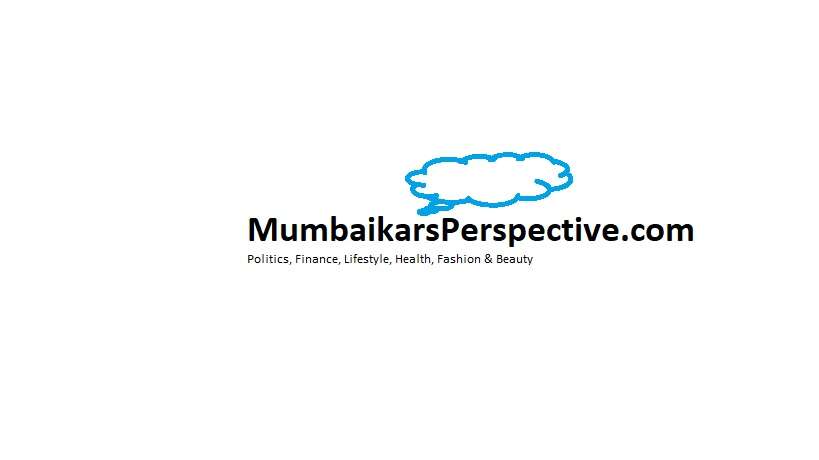Home Financing in Mumbai in 2025: Everything That You Need To Know

Mumbai resident? Want to buy a house in 2025? Homeownership in Mumbai comes with its share of opportunities and challenges. On the one hand, the property prices in the city has jumped 54%, and on the other, new infrastructure projects like coastal road developments and metro line expansions positions Mumbai as a key investment choice.
To make the homeownership journey in Mumbai easier, here’s your 2025 guide.
Mumbai, a Dream Home for Buyers: Why?
Mumbai, with its astronomically high property prices, is still the most sought-after place to reside in India. The economic vibrancy of the city, its closeness to labor markets, public facilities, and cosmopolitanism all add to its residential attraction. But with such demand comes even higher demand to plan funding appropriately.
In terms of Tier 2 or Tier 3 cities, housing in Mumbai entails higher initial costs, stricter checks for eligibility, and longer repayment periods. That is why you should draft your documentation, creditworthiness, and financial planning in the best possible manner.
Understanding the Fundamentals of Home Financing in 2025
Home financing in Mumbai in 2025 is not simply a matter of who the best bank or financier is. It's about aligning your fiscal preparedness with market conditions and lending policies that are becoming progressively digitized and credit-aware.
Here's what's changed:
- Increased digital scrutiny: Lenders increasingly depend on detailed digital trails, transaction history, and contemporaneous credit evaluation.
- Stability of income over magnitude: Stable, traceable income is preferred to bigger but uncertain earnings.
- Requirements of transparency: Banks are assigning increasing priority to proper documentation and straightforward financial statements.
In such a climate, knowing your home loan eligibility becomes imperative. With the help of tools such as home loan eligibility calculators, you can test if your present income, credit rating, and outstanding liabilities can match the lender's requirements. It's also an excellent starting point before applying, so you don't get rejected because you overestimated your borrowing ability.
Important Documents: What You'll Need?
Whether you're salaried or self-employed, documentation is still a key player in 2025. Be ready to submit:
- PAN card and Aadhaar for identification verification
- Audited ITRs or recent salary slips for proof of income
- Bank statements of the past 6–12 months
- Property papers, such as agreements and NOCs from society
- Form 16 or GST returns, based on employment status
Online KYC procedures have streamlined submission, but the legitimacy of such documents is more important than ever.
What Do Lenders Prefer in Loan Approvals?
Banks and lenders increasingly prefer candidates with:
- A credit rating of over 750
- A debt-to-income ratio of less than 40%
- A longer history of employment
- Clean, confirmed sources of down payment
With non-banking financial firms (NBFCs) closing their books tighter under regulatory compulsion, borrowers these days increasingly find traditional banks more secure but more restrictive. Home loans in 2025 are not lenient towards defaults and inconsistency.
Down Payment Issues in an Expensive City
Mumbai real estate costs result in down payments effortlessly exceeding ₹20–30 lakh, even for small 1 BHK flats in the suburbs. In 2025, financiers will continue to lend 75–90% of the property cost, but the remaining amount will have to be from the buyer's pocket.
The pressure falls more on younger consumers who do not have a sufficient amount saved as yet. In such instances, financial planners suggest creating a separate "home fund" through mutual funds or regular deposits before going to lenders.
Interest Rates: Fixed vs Floating in 2025
Interest rates are always a key concern, and 2025 is no different. The floating rate remains the more commonly offered option, tied to external benchmarks such as the RBI’s repo rate. However, with recent economic fluctuations, many lenders are also offering hybrid products, such as a fixed rate for the first few years followed by a floating structure.
If you're conservative or purchasing property at the upper end of your budget, fixed rates can provide some leeway in the first few years of repayment. But if you're hedging on stable or falling rates, floating may be a better option.
Home Loan Term and EMI Planning
Home loans in Mumbai in 2025 are usually for 20 to 30 years. There is more lenient EMI planning offered by lenders now to suit jagged earning trajectories, particularly for professionals with unpredictable income, such as freelancing or entrepreneurship.
Options include:
- Step-up EMIs: Initial lower installments that rise over time
- Balloon EMIs: Higher payments towards the term end
- Flexible repayment: Tied to pay rise or fluctuating bonuses
These schemes do provide some respite, but they have complicated clauses, so read the small print.
Location: A Significant Factor Impacting Financing Terms
All places within Mumbai are not created equal in the eyes of lenders. High-demand areas such as Bandra, Andheri, or Lower Parel enjoy less risky asset status, usually receiving faster approval. In contrast, houses in newly emerging fringes such as Mira Road or Navi Mumbai may be subjected to more scrutiny.
Considerations that sway loan terms due to location are:
- Age of property and builder reputation
- Infrastructure of area and resale potential
- Legal clearances and occupancy status
Ensure that your property possesses a clean title and due permissions prior to taking a loan application.
Top Strategies to Ease Home Financing
- Government Schemes and Subsidies
The PMAY (Pradhan Mantri Awas Yojana) and other urban housing programs continue to be in force in 2025, particularly for first-time purchasers in the EWS and LIG segments. However, supply remains restricted in high-end areas, and most central Mumbai properties are ineligible.
However, if you are purchasing in extended suburbs or under schemes of redevelopment, you might be qualified for:
- Subsidized interest rates
- Exemptions from GST
- Lower stamp duty
Check with local authorities or qualified housing consultants to find out about current eligibility.
- Co-Applicants and Joint Loans
One common tactic among Mumbai consumers in 2025 is applying together, along with a spouse, sibling, or parent. This serves in two significant ways:
- Increased eligibility: Joint incomes provide access to more loan funds.
- Shared responsibility: EMI duties are shared, thus lowering stress.
Remember: All co-applicants should also qualify according to the lender's documentation and credit score requirements. Future sale or inheritance procedures will also be influenced by joint ownership, so it is advisable to have a legally binding agreement.
Final Tips Before Applying
Before signing up for any home loan in Mumbai, do the following:
- Check your credit score well ahead of time
- Use a home loan eligibility calculator to measure where you are
- Compare several lenders, not just based on rates of interest but also prepayment terms and customer support
- Keep contingency funds aside for registration, interior work, and possible delays
- Don't over-leverage, even if you can get a huge loan amount
Conclusion
Financing a home in Mumbai in 2025 is both an opportunity and a challenge. Though the lending industry has improved to be more technology-oriented and streamlined, the underlying issues of high cost and stringent vetting continue to exist.
Before applying for a home loan, equip yourself with the right tools, stay informed about lender expectations, and don’t rush the process.

